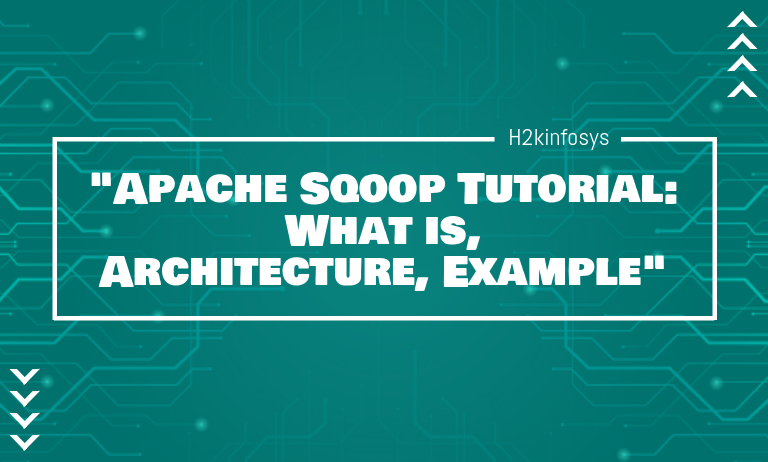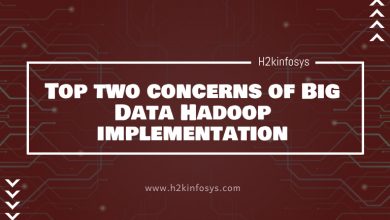
What is Apache Sqoop?
Apache Sqoop is a tool created to efficiently transfer large amounts of data among Apache Hadoop and external data such as relational databases and enterprise data warehouses.
Sqoop is majorly used to import data from RDBMS, for example, MySQL, Oracle into HDFS. Sqoop is also used to transport data into MapReduce and also to export the data into RDBMS.
Why is Sqoop used?
For Hadoop developers, the exciting work starts after data is placed into HDFS. Developers play around with the data to find the mysterious insights hidden in that Big Data. For this, the data residing in the RDBMS need to be transferred into HDFS, play around with the data, and sometimes it is required to move back to RDBMS. In the reality of the Big Data world, Developers feel the transferring of data among relational database systems and HDFS is not that interesting, tedious, but too rarely required. Developers can always write custom scripts to share data in and out of Hadoop, but Apache Sqoop provides an alternative.
Sqoop automates most of the process and depends on the database to represent the imported data’s schema. Sqoop uses the MapReduce to import and export the data, which provides a parallel mechanism and fault tolerance. Sqoop makes developers’ life easy by providing a command-line interface. Developers need to give certain information like source, destination, and database authentication details in the Sqoop command. Sqoop takes care of the remaining part.
Sqoop Architecture
Data transfer between Sqoop and the external storage system is made feasible with Sqoop’s connectors’ help. Sqoop has connectors for operating with traditional relational databases, including MySQL, PostgreSQL, Oracle, SQL Server, and DB2. All the connectors know how to communicate with its associated DBMS. There is also a universal JDBC connector for joining to any database that supports Java’s JDBC protocol. Besides, Sqoop gives optimized MySQL and PostgreSQL connectors that use database-specific APIs to make many transfers efficiently.
When we enter the Sqoop command, our principal task is subdivided into subtasks managed by individual Map Task within. Map Task is the subtask, which sends part of the data to the Hadoop Ecosystem. Collectively, all Map tasks import original data.
While working with Sqoop, we need to define three pieces of information.
- Specify connection information
- Specify source data and how much parallel map task?
- Specify Destination.





